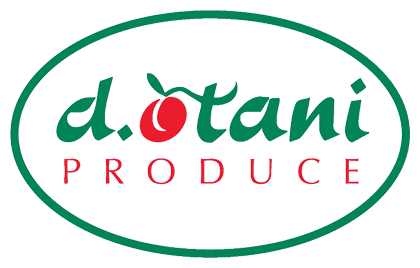Peru is an important trade partner with the United States in the area of fresh asparagus, and the relationship has been favorable for both countries. “Year-round availability of fresh asparagus from Peru has allowed U.S. consumers in large geographic portions of the country to gain access to asparagus at times when supply would simply not exist from U.S. growers,” said Priscilla Lleras-Bush, coordinator of the Peruvian Asparagus Importer’s Association. “This is one reason why per capita consumption of asparagus in the United States has increased and remained steadily increasing in the last decade alone.” Priscilla Lleras-Bush
Priscilla Lleras-Bush
The United States-Peru Free Trade Agreement was implemented on Feb. 1, 2009, eliminating tariffs and removing barriers to U.S. services; providing a secure, predictable legal framework for investors; and strengthening protection for intellectual property, workers and the environment. According to the Office of the United States Trade Representative, “The PTPA is the first agreement in force that incorporates groundbreaking provisions concerning the protection of the environment and labor rights that were included as part of the Bipartisan Agreement on Trade Policy developed by Congressional leaders on May 10, 2007. Since 2009, total trade has almost doubled between the United States and Peru, from close to $9 billion more than $16 billion in 2013.”
Lleras-Bush keyed in on the impact the free trade agreement has had for the Peruvian asparagus industry. “The Free Trade Agreement program as a whole has succeeded in spurring economic growth in Peru and has prepared the country to ‘graduate’ into an FTA partner of the U.S,” she told The Produce News. “The US-Peru Trade Promotion Agreement is the bridge to the critical well-being of the Peruvian asparagus industry and to our importer’s association, PAIA. Peru is a principle exporter of asparagus, and that crop stands squarely at the heart of a dynamic agro export sector in Peru.”
According to the U.S. Department of Agriculture, Foreign Agriculture Service, the United States imported over 204 million pounds fresh asparagus from Peru for consumption in 2014. “Peruvian asparagus is a perennial crop that requires substantial long-term investment,” Lleras-Bush commented. “Peru’s exceptional climate conditions, its favorable geographic location, and the advances made by Peru in its management of water supply for irrigation have enabled the country to achieve the highest asparagus crop yields. Peru is one of the only few countries whose favorable climate enables it to produce asparagus year-round.”
She said the Peruvian asparagus-growing industry is estimated to employ over 60,000 people and has enabled regions of the country — such as Ica and La Libertad — to become models of economic development and engines of job creation.
“Sure, PAIA estimates that aside from the several hundred persons employed or indirectly involved in the process of importing fresh asparagus imports from Peru, these imports result directly or indirectly in the creation of at least 7,000 in companies in the U.S. throughout the commercial chain,” she commented. “Imports of fresh asparagus from Peru also serve a U.S. market demand that cannot be met by domestic growers alone. The most important factor here is that imports of fresh asparagus from Peru are largely counter-seasonal to the U.S. crop. For instance, the peak production period for U.S.-grown fresh asparagus is February through June. Therefore, all or nearly all U.S. production occurs during a period when the level of imports from Peru is much reduced. However, even during this period as mentioned above, imports from Peru largely complement, rather than supplant, the U.S. crop.”
The vast majority of fresh asparagus imports from Peru enters the United States through South Florida, and is sold and distributed throughout the United States.
PAIA works closely with the United States to collaborate on opportunities to advance trade between Peru and the United States. “It is our opinion that, through the continued collaborated efforts of agency and industry, we will be able to enhance the entire trade process regarding fresh Peruvian asparagus and provide an example of excellence for other commodities and countries to emulate, meanwhile providing a nutritious and delicious vegetable to the U.S. consumer,” Lleras-Bush stated.
The association also works closely with its sister association IPEH [Instituto Peruano del Espárrago y Hortalizas]. PAIA hosts two annual board meetings attended by importers and exporters. Through this collaboration on topics of industry interest, Lleras-Bush said, “We set the goals and provide the next steps to advancing our goals at each meeting.”

